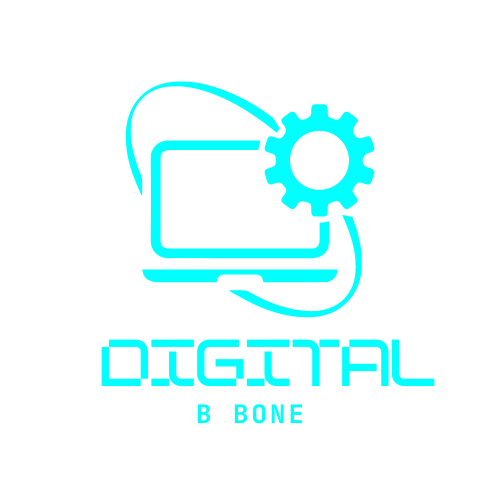Best effective way of Digital Transformation Strategies
Introduction:
In today’s fast-paced digital landscape, businesses face the imperative to adapt or risk obsolescence. The rise of digital technologies has revolutionized the way we conduct business, communicate, and interact with customers. Digital transformation is no longer a buzzword; it’s a necessity for survival and growth in the modern marketplace. In this blog, we delve deep into the realm of digital transformation strategies, exploring what they entail and how businesses can navigate this transformative journey effectively.


Understanding Digital Transformation:
At its core, digital transformation involves leveraging digital technologies to fundamentally change business operations, processes, and customer experiences. It encompasses the integration of digital tools, automation, data analytics, and innovative technologies to enhance efficiency, agility, and competitiveness. Digital transformation isn’t merely about adopting new technologies but rather about embracing a cultural shift towards digital-first mindsets and practices.
Key Components of Digital Transformation Strategies:
1- Strategic Vision:
A successful digital transformation begins with a clear strategic vision aligned with the organization’s overarching goals and objectives. Leaders must articulate why digital transformation is crucial, what outcomes they seek to achieve, and how it aligns with the company’s long-term vision. This vision serves as a guiding light, driving decision-making and resource allocation throughout the transformation journey.
2- Customer-Centricity:
Customer experience lies at the heart of digital transformation. Businesses must prioritize understanding customer needs, preferences, and pain points to deliver personalized, seamless experiences across digital touchpoints. This entails leveraging data analytics to gain actionable insights, implementing omnichannel strategies, and continuously refining customer journeys to drive engagement and loyalty.
3- Agile Culture and Organizational Change:
Digital transformation requires more than just technological upgrades; it necessitates a cultural shift within the organization. Leaders must foster an agile mindset that embraces experimentation, innovation, and continuous learning. This entails breaking down silos, empowering cross-functional teams, and fostering a culture of collaboration and adaptability. Additionally, effective change management practices are essential to mitigate resistance and ensure smooth transitions.
4- Data-Driven Decision Making:
Data is the lifeblood of digital transformation, providing invaluable insights for informed decision-making. Organizations must harness the power of data analytics, AI, and machine learning to derive actionable insights, predict trends, and optimize processes. By leveraging data-driven strategies, businesses can enhance operational efficiency, identify new revenue opportunities, and drive competitive advantage in the digital era.
Technology Integration and Innovation:
Technology serves as the enabler of digital transformation, empowering organizations to streamline operations, automate workflows, and deliver innovative solutions. However, successful implementation requires careful evaluation of technology solutions, considering factors such as scalability, interoperability, and security. Embracing emerging technologies such as cloud computing, IoT, blockchain, and AI can unlock new possibilities and drive sustainable growth.
Continuous Improvement and Adaptation:
Digital transformation is not a one-time initiative but an ongoing journey of evolution and adaptation. Businesses must embrace a mindset of continuous improvement, iterating on strategies, processes, and technologies based on feedback and evolving market dynamics. This entails fostering a culture of experimentation, embracing failure as a learning opportunity, and staying agile in response to changing customer needs and competitive pressures.
Case Studies and Best Practices:
To illustrate the principles of effective digital transformation strategies in action, we delve into real-world case studies and best practices from leading organizations across industries. From digital-native companies like Amazon and Netflix to traditional enterprises like Walmart and GE, there are valuable lessons to be learned from those who have successfully navigated the digital frontier.
Conclusion:
In an increasingly digital world, businesses must embrace digital transformation as a strategic imperative for long-term success. By crafting effective digital transformation strategies grounded in strategic vision, customer-centricity, agility, data-driven decision-making, technology integration, and continuous improvement, organizations can thrive in the digital age and seize opportunities for innovation and growth. Embracing digital transformation isn’t just about staying relevant—it’s about shaping the future of business in the digital era.
